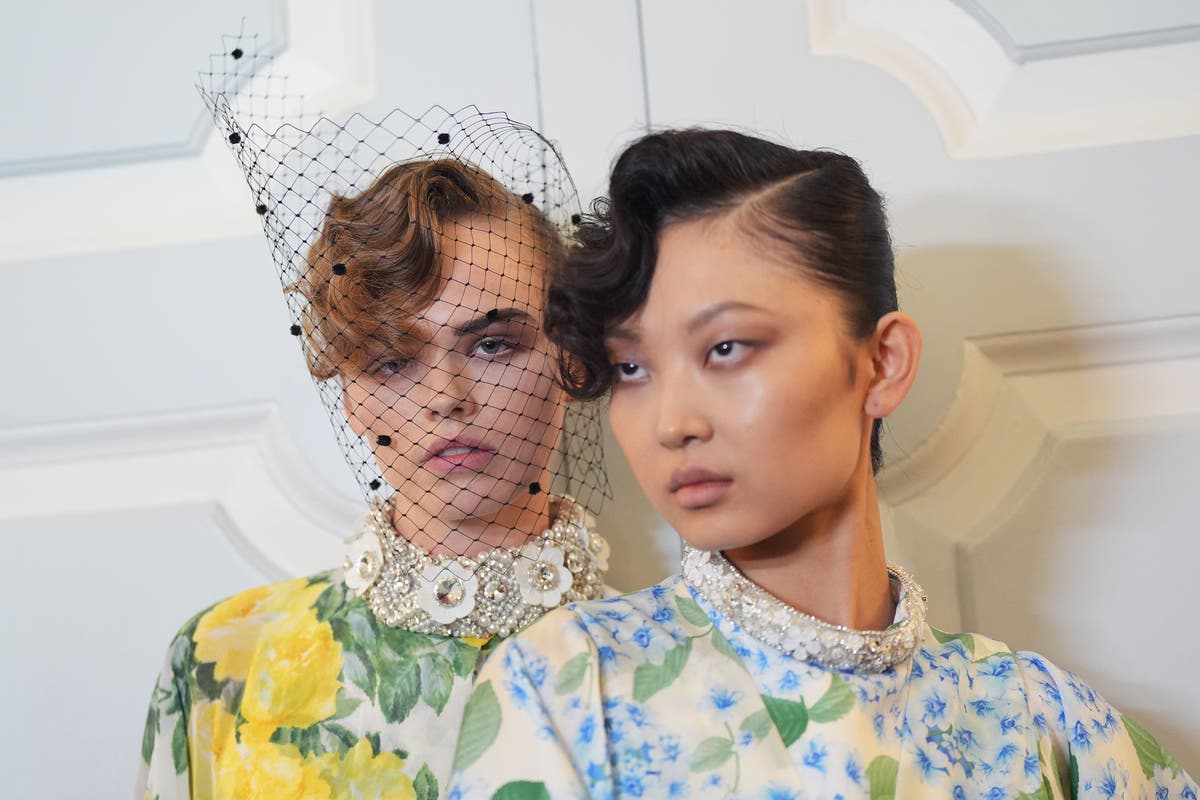Question : I have heard that you can catch trout in the Cuyuna mine pits. Are these native trout? Answer : Yes, there are trout in the old iron mine pits near Crosby, but most of the trout are not native to Minnesota. Minnesota has two native trout species: brook trout (“brookies”) and lake trout (“lakers”), both of which belong to the char family.
The other common Minnesota trout are brown trout and rainbow trout, which were introduced to Minnesota in the 1800s. Browns are native to Germany, while rainbows are native to western North America. Together, rainbows, browns, and brookies are known as stream trout, because that’s where they usually live, while lake trout are — you guessed it — found in deep, cold lakes.

In the Cuyuna mine pits, the Minnesota Department of Natural Resources has stocked all four species of trout, though by far the most common are rainbow trout. According to David Lockwood, a fisheries specialist at the Brainerd DNR office, the stocked rainbows come from hatcheries in Outing and Lanesboro. The Outing fish are the Kamloops strain of rainbow, which originated from British Columbia near the town of Kamloops, while the Lanesboro trout are the Arlee strain, originally from Montana.
In the mine pits, most rainbows stocked are around 10 inches after spending over a year in a hatchery. The pits are intended to be a “put and take” fishery, and Lockwood reports that in some lakes 90% of the trout are caught in the first year. If you catch a slightly larger trout, it’s likely a holdover from a prior year.
If you catch a very large rainbow, it’s brood stock from a hatchery. After five years, hatchery fish used for breeding are stocked in the pits, and they can be up to 11 pounds! ADVERTISEMENT Question : Do the trout in the mine pits reproduce, or are they sterile? Answer : Stream trout in the mine pits do not breed because there is no flowing water. However, they are not sterile.
Some states and Canadian provinces, but not Minnesota, stock “triploid” rainbows, which are infertile because they have three sets of chromosomes instead of the normal two. On the other hand, lake trout in the mine pits do reproduce, which brings up the interesting history of lake trout in the pits. In 1988, when the DNR was stocking rainbows in the small-but-deep Yawkey mine pit north of Crosby, a bunch of baby lake trout somehow were mixed in with the rainbows.
Years later, anglers reported catching lakers in Yawkey. An angler survey in 2016 found lakers as small as 11 inches, proving they were reproducing on their own. Starting in 2019, the DNR began stocking thousands of fingerlings in the Pennington and Sagamore pits, along with hundreds of larger brood stock.
Lake trout anglers are excited about the potential fishery. Question : Does the Brainerd area have any streams with trout? Answer : It has a few trout streams and creeks, the most well-known being Stoney Brook, which flows into Upper Gull. You can access Stoney Brook from Fritz Loven Park, with the stream’s northern reaches accessible from county highways.
Stoney Brook is small and in its upper reaches framed by heavy woods so it’s not easily fished. The DNR manages it for brook trout, which are only catch-and-release for most of the stream, but there are also brown trout naturally reproducing, along with pike and bass (which love eating fatty young trout). Question : Are there good trout streams in other parts of Minnesota? Answer : Though most people think of the Rocky Mountains when you mention trout, Minnesota is blessed with thousands of miles of trout streams.
The North Shore along Lake Superior is crossed with hundreds of streams and rivers, supporting native brook trout along with self-sustaining populations of browns and rainbows. Because many of the streams are rocky and infertile, the trout populations are often thin, with a 10-inch brookie being a nice fish. In the spring, however, migratory rainbow trout — known as steelhead — make spawning runs.
They can be up to 30 inches, giving anglers a run for their money. —- —- —- —- —- The Minnesota DNR's 'Trout Fishing in Minnesota' homepage —- —- —- —- —- ADVERTISEMENT The highest stream trout populations are in southeast Minnesota, in what is known as the driftless area, which extends into western Wisconsin and northeast Iowa. Ten thousand years ago the glaciers missed the driftless (leaving no glacial drift — hence “driftless) leaving fertile rolling hills sliced with deep gullies caused by glacial runoff.
In those gullies, spring-fed streams and rivers flow, providing perfect habitat for cold-loving trout. This spring, I fished several of these beautiful streams, with one of them flowing straight from a cave. Rainbows, brookies, and browns inhabit the driftless, all both stocked and naturally reproducing.
Only the brookie is native, and it has had trouble out-competing brown trout, which grow bigger and can tolerate warmer water. To try to invigorate the native brookie population, in 2023 the DNR began stocking a native strain of brook trout. This “heritage” trout came from 20 years of the DNR investigating whether any of the brook trout were still genetically native or all descended from brook trout stocked from east coast hatcheries.
After looking at the brookie genetics from 74 streams, the DNR found several streams that had a wild, native strain. With some adults used as brood stock, the DNR last year stocked 14 streams with these heritage trout. In a few years, the DNR hopes to stock other streams farther north, including one near Little Falls — close enough for an afternoon fishing trip from our area.
Remember, if you go trout fishing, read Minnesota’s fishing regulations . You need a trout stamp if you’re aged 18-64, and there are often different regulations for each stream and lake. The DNR has an interactive trout stream map on its website, and there are great third-party apps, such as TroutRoutes, that can bring all this information to your fingertips.
Do you have any questions about the natural world, such as birds, bugs, critters or native plants? Email me at [email protected] and we will answer you in the column if space allows..



















